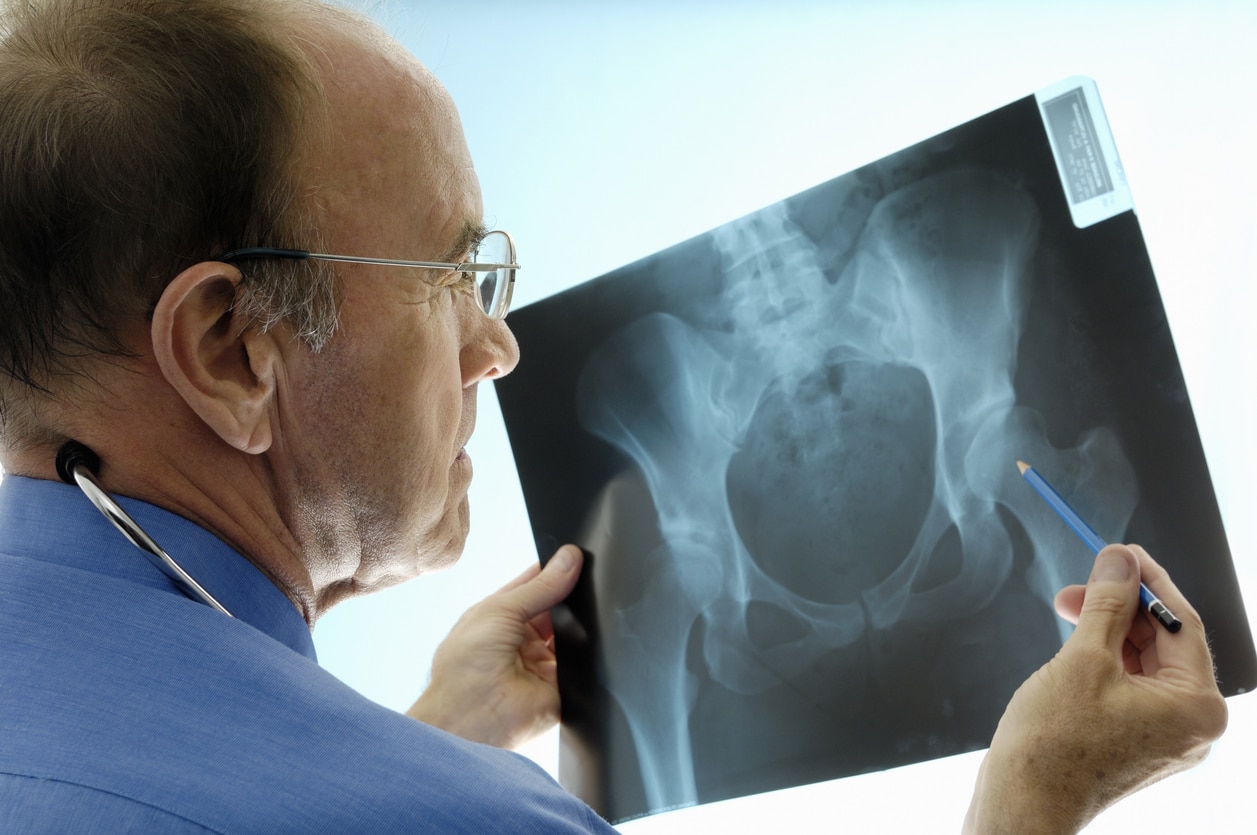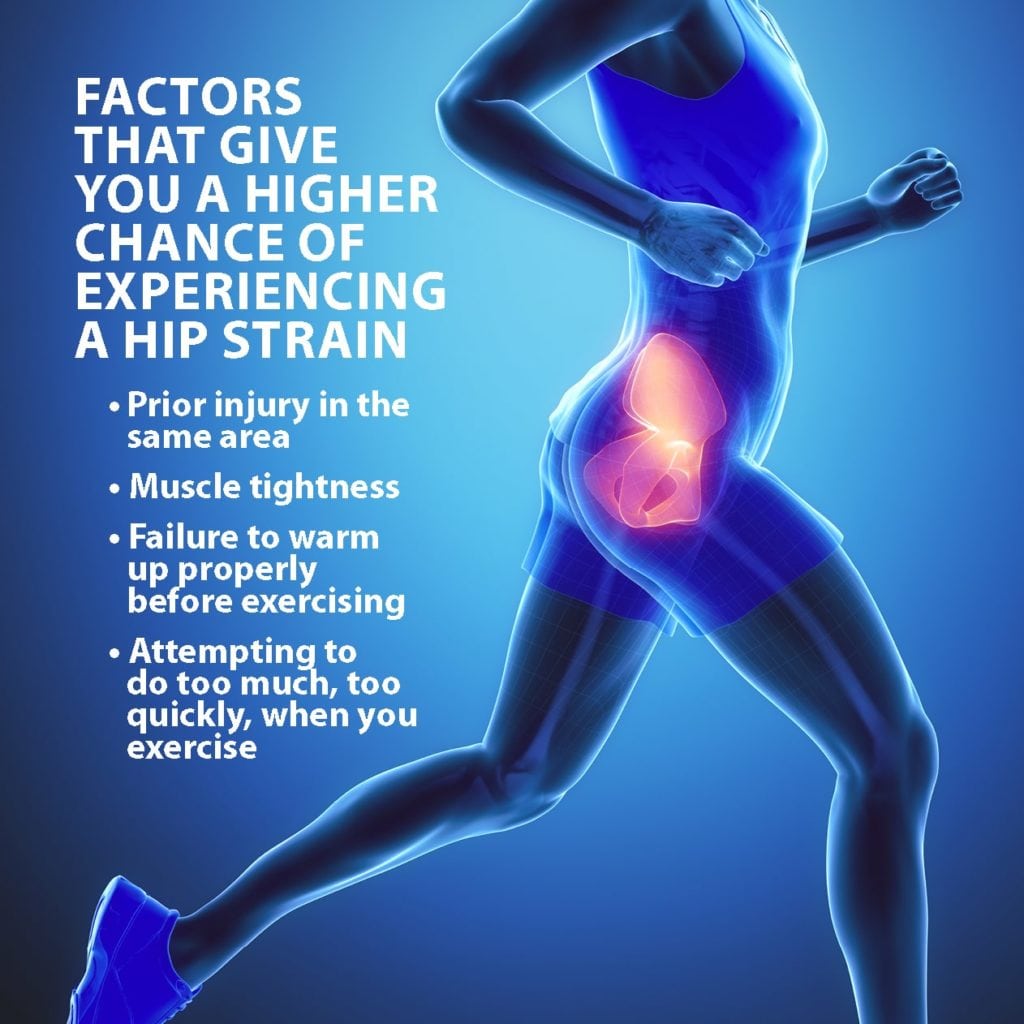Orthopedic care plays a crucial role in maintaining overall health and well-being. This specialized branch of medicine focuses primarily on the musculoskeletal system, which consists of bones, muscles, joints, ligaments, and tendons. Orthopedic care encompasses prevention, diagnosis, treatment, and rehabilitation of various musculoskeletal conditions and injuries.
One of the main reasons why orthopedic care is essential is that it helps individuals of all ages, from infants to senior citizens, to maintain mobility and functionality. The musculoskeletal system enables us to perform daily activities, such as walking, running, lifting, and even basic tasks like getting out of bed. By seeking orthopedic care, individuals can address any issues affecting their musculoskeletal health and improve their quality of life.
Orthopedic care is particularly crucial for athletes and people involved in physically demanding occupations. These individuals are at a greater risk of sustaining injuries, such as fractures, strains, sprains, and dislocations. Prompt orthopedic interventions can ensure timely and appropriate treatment, reducing the risk of long-term complications and enabling a faster recovery. Additionally, orthopedic care often includes rehabilitation programs that aim to restore strength, flexibility, and function following an injury.
Moreover, orthopedic care is vital for individuals suffering from chronic musculoskeletal conditions, such as arthritis, osteoporosis, and degenerative disc disease. These conditions can significantly affect a person’s quality of life, causing pain, limitations in range of motion, and decreased mobility. Through orthopedic care, individuals can receive personalized treatment plans that may involve medications, physical therapy, or surgical interventions, aiming to manage their symptoms, slow disease progression, and improve their overall well-being.
In summary, orthopedic care is important for maintaining musculoskeletal health, preventing and treating injuries, and managing chronic conditions. By seeking timely orthopedic interventions, individuals can ensure their optimal mobility, functionality, and overall quality of life. It is crucial to prioritize orthopedic care to address any musculoskeletal concerns and enjoy an active and pain-free lifestyle.
What are the benefits of seeing an orthopedic doctor?
By far, the most common reason why people seek orthopedic care is to reduce or eliminate pain. Whether the pain is caused by an injury or condition, an orthopedic doctor can diagnose you and recommend an effective treatment plan. One of the most common reasons for chronic pain is osteoarthritis.

What does it mean when you get referred to an orthopedic surgeon?
Orthopedic Surgeons: Who Are They and What Do They Do? Your family doctor can help with many bone, muscle, or joint pain issues. However, orthopedic surgeons specialize in preventing, diagnosing, and treating disorders of the bones, joints, ligaments, tendons, cartilage, connective tissues, and muscles.

Why would someone see an orthopedic?
Orthopedic doctors treat musculoskeletal conditions Orthopedic doctors see people with a variety of conditions that affect the muscles, nerves, bones, joints, and connective tissues. Conditions, such as arthritis, bursitis, and osteoporosis can cause pain and dysfunction that can be truly debilitating.
Why would you be referred to an orthopedic?
When you have a condition or injury that affects your bones, ligaments, tendons, or muscles, then your primary care doctor may not have the expertise to provide comprehensive treatment. This is where orthopedists, or orthopedic doctors, come in.
What kind of doctor do you see for hip pain?
How an Orthopedic Doctor Can Help with Your Hip Pain. An orthopedic doctor specializes in the diagnoses, treatment, and prevention of injuries and conditions that affect the musculoskeletal system: the bones, joints, muscles, ligaments, tendons, and cartilage.

How do doctors test for hip pain?
In addition to the history and physical examination, radiography, ultrasonography, or magnetic resonance imaging may be needed for a definitive diagnosis. Radiography of the hip and pelvis should be the initial imaging test.
What is the best diagnostic tool for hip pain?
X-ray. X-rays, also known as “plain films” or “conventional radiographs,” are often the first choice for obtaining images. While bony structures can be viewed clearly on X-ray, in some cases, an orthopedist may also want to see whether an injury to surrounding soft tissues is contributing to the patient’s pain.
How do I know if my hip pain is muscle or joint?
Problems within the hip joint itself tend to result in pain on the inside of the hip or the groin. Hip pain on the outside of the hip, upper thigh or outer buttock is usually caused by problems with muscles, ligaments, tendons and other soft tissues that surround the hip joint.

What is the most common diagnosis of hip pain?
The most common cause of lateral hip pain is greater trochanteric pain syndrome (previously called greater trochanteric bursitis). Although this syndrome may be associated with bursitis, gluteus medius tendinopathy or tears are now thought to be more common.




